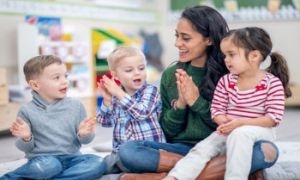Unstructured play materials refer to those play materials whose uses are not predetermined by educators. Also known as of heuristic play materials, the scope for play with unstructured materials is thus unlimited, allowing children to develop agency, skills and imagination. The following article provides information on what types of unstructured play materials can be included, how to store play materials and how to facilitate children's play.
What Might Such Materials Be?
Among the many advantages of using unstructured play materials in the early childhood setting is that they are easily available and economical. These can be objects that can by grasped and have the potential for action such as squeezing and rolling such as balls of different sizes, pipes, tubes, scarves, beanbags and sponge blocks. Other examples might range from boxes, bottle lids, cardboard, Paper towel rolls and blocks to loose parts like beads, sticks, ribbons, stones and rings. However be careful of choking hazards when giving children access to loose parts.
The other kind of unstructured play materials are those that help children explore different textures like wood, yarn, clay, chalk, string, fabric, board, foam, scented play dough, mint and herbs as well as colours for finger and feet painting.
Natural materials are inherently unstructured and can offer hours of delightful creative play with objects like leaves, nuts, bark, sticks, pebbles, mud, clay, sand and water. Logs can be used for balancing, climbing and sitting and branches for hanging creative displays
How To Store Such Materials
Unstructured play materials can be kept in baskets, shoe boxes or stored in labelled “concept” containers. Also known as prop boxes, these can include materials related to interesting topics for indoor and outdoor use. For example, a Windy Day box can include streamers, Kites, Windmills, Bags, scarves, capes, paper yachts and wind chimes. As far as possible, let the collections of objects differ in length, weight, softness, hardness, roughness and shininess.
How To Facilitate Children’s Play With Such Materials
- It is a good idea to rotate unstructured play materials in their containers week in and week out to allow children maximum opportunities to explore their physical properties, like weight, size, shape, texture, sand, and smell.
- There should be enough materials and containers for a number of children to play with individually and if you find some objects are especially popular, ensure there are enough duplicates.
- Children should be allowed ample space, time and a relaxed atmosphere to fully focus on their play with such unstructured materials.
- The materials provided should allow children to explore with minimum or no need for teacher intervention so that play remains truly unstructured.
Children still need to be supervised, perhaps in small groups. Educators should pay particular attention to safety issues like screening natural materials for possible toxic properties, ensuring items are safe to be explored by the mouth, discarding objects with sharp edges or possibilities for a part to break off and preventing choking risks by checking that items are of a safe size.
Further Reading
Open Ended Play Materials - Open-ended materials enable children to play freely. They are objects that have no rules to follow, use or function. Raw materials can be used to build or create or combine to make something new. The following article provides information on the benefits of open-ended materials, a list of materials and more.
Incorporating Natural Materials In The Learning Environment - Natural materials should be an integral element of children’s play. They are easily accessible and encourage children to learn about nature, and foster creativity, imagination and discovery. The following article provides information on natural materials in the environment, practical ideas, using materials safely and more.
Reference:
- Heuristic Play Materials
- Create the Perfect Play Space


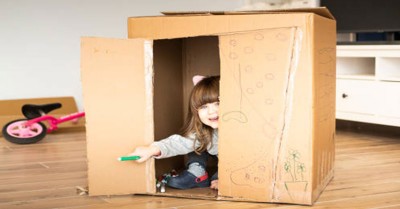
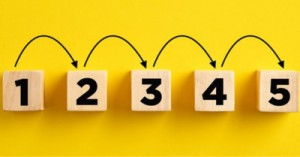
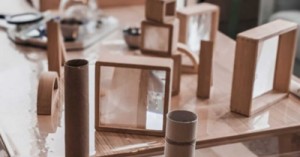

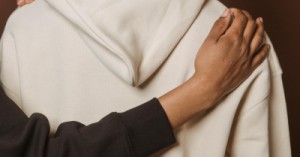
 As an Educator in Australia, your pay rate falls under the Children’s Services Award 2010. This award states the minimum amount that an employer can
As an Educator in Australia, your pay rate falls under the Children’s Services Award 2010. This award states the minimum amount that an employer can When working as a qualified Early Childhood Teacher (with a university degree) within a service, your rate of pay will come from the Educational Services
When working as a qualified Early Childhood Teacher (with a university degree) within a service, your rate of pay will come from the Educational Services When working as a Diploma Qualified Educator your pay rate is from the Children's Services Award 2010. This Award states your minimum rate of pay
When working as a Diploma Qualified Educator your pay rate is from the Children's Services Award 2010. This Award states your minimum rate of pay When working as a Cert 3 Qualified Educator, your pay rate is from the Children's Services Award 2010. This Award states your minimum rate of
When working as a Cert 3 Qualified Educator, your pay rate is from the Children's Services Award 2010. This Award states your minimum rate of Educational Leaders play a crucial role in their early childhood service by ensuring that the educational program aligns with best practices and supports the holistic
Educational Leaders play a crucial role in their early childhood service by ensuring that the educational program aligns with best practices and supports the holistic In early childhood education and care, ratios are more than a technicality—they are a frontline safeguard. Every child deserves responsive supervision, emotional connection, and developmental
In early childhood education and care, ratios are more than a technicality—they are a frontline safeguard. Every child deserves responsive supervision, emotional connection, and developmental With the new national child safety reforms kicking in on 1 September 2025, early childhood services like yours have a real opportunity to lead the
With the new national child safety reforms kicking in on 1 September 2025, early childhood services like yours have a real opportunity to lead the Here’s a comprehensive Mobile Phone and Smart Watch Policy tailored for early childhood education and care (ECEC) services in Australia, aligned with the latest 2025
Here’s a comprehensive Mobile Phone and Smart Watch Policy tailored for early childhood education and care (ECEC) services in Australia, aligned with the latest 2025 The Sea of Fish Challenge is a national initiative that invites children, educators, families, and communities to create and display fish artworks as a symbol
The Sea of Fish Challenge is a national initiative that invites children, educators, families, and communities to create and display fish artworks as a symbol Across the early childhood education and care sector, educators are sounding the alarm: current staffing ratios are insufficient to deliver safe, meaningful, and developmentally appropriate
Across the early childhood education and care sector, educators are sounding the alarm: current staffing ratios are insufficient to deliver safe, meaningful, and developmentally appropriate

